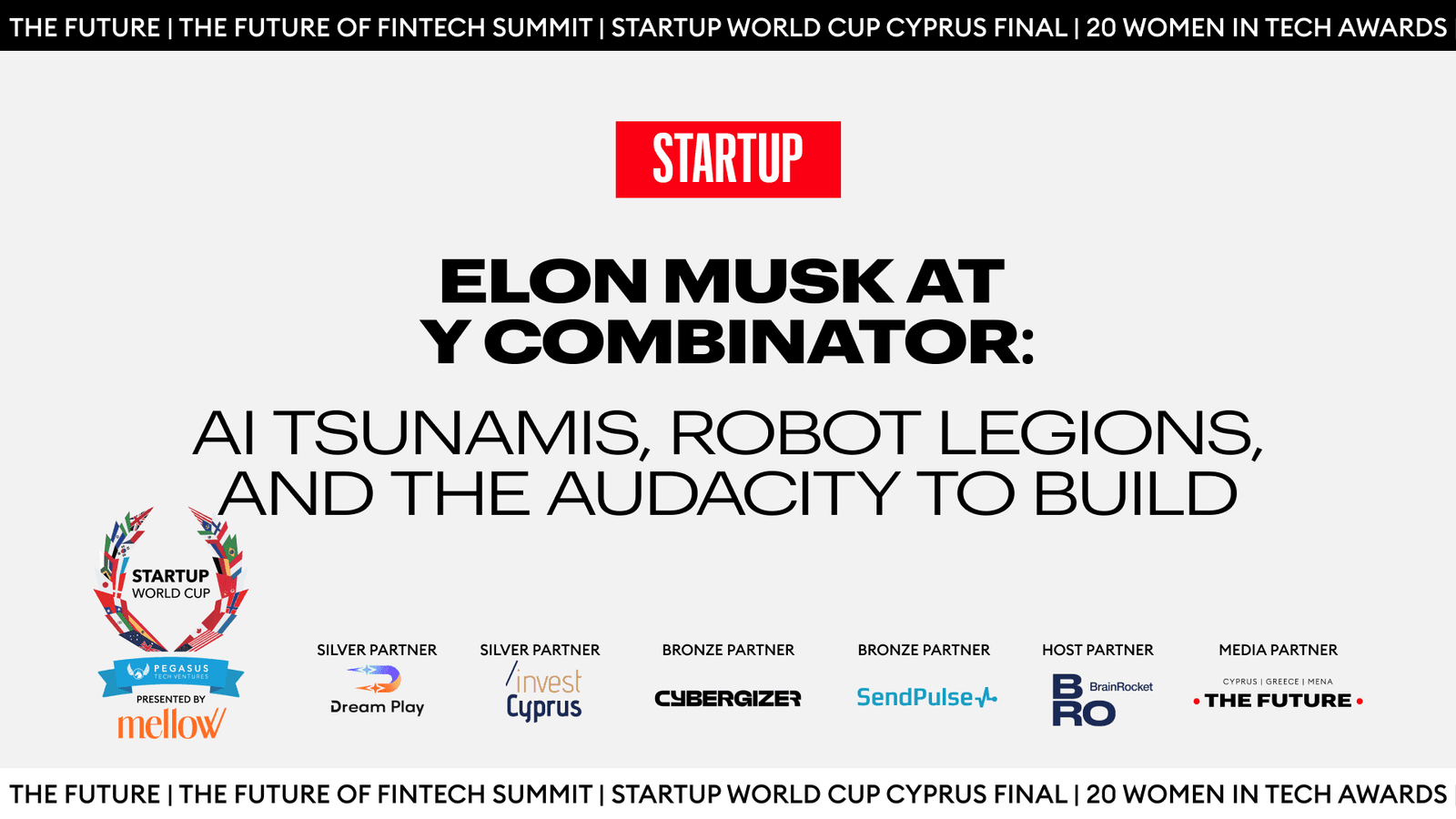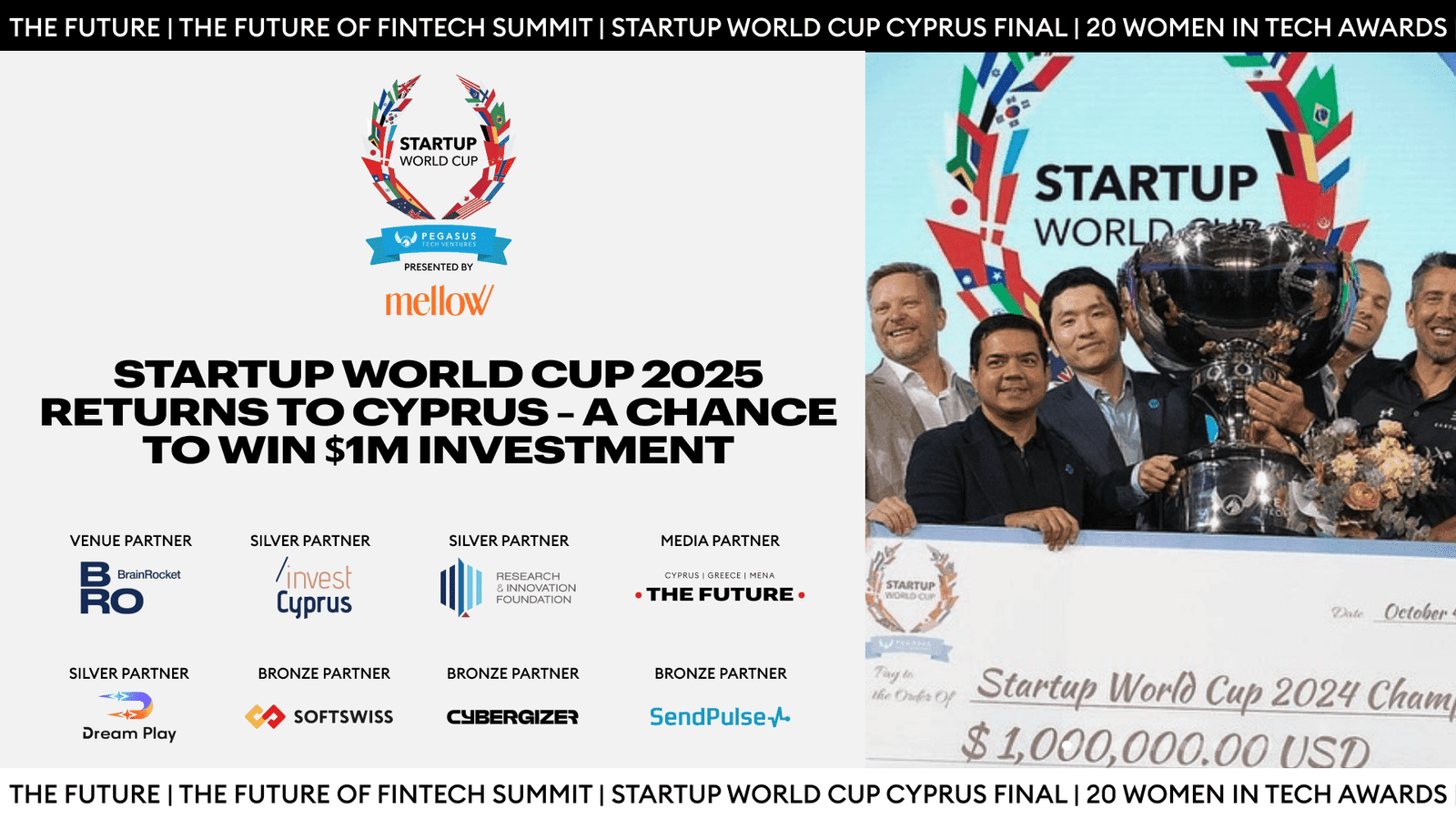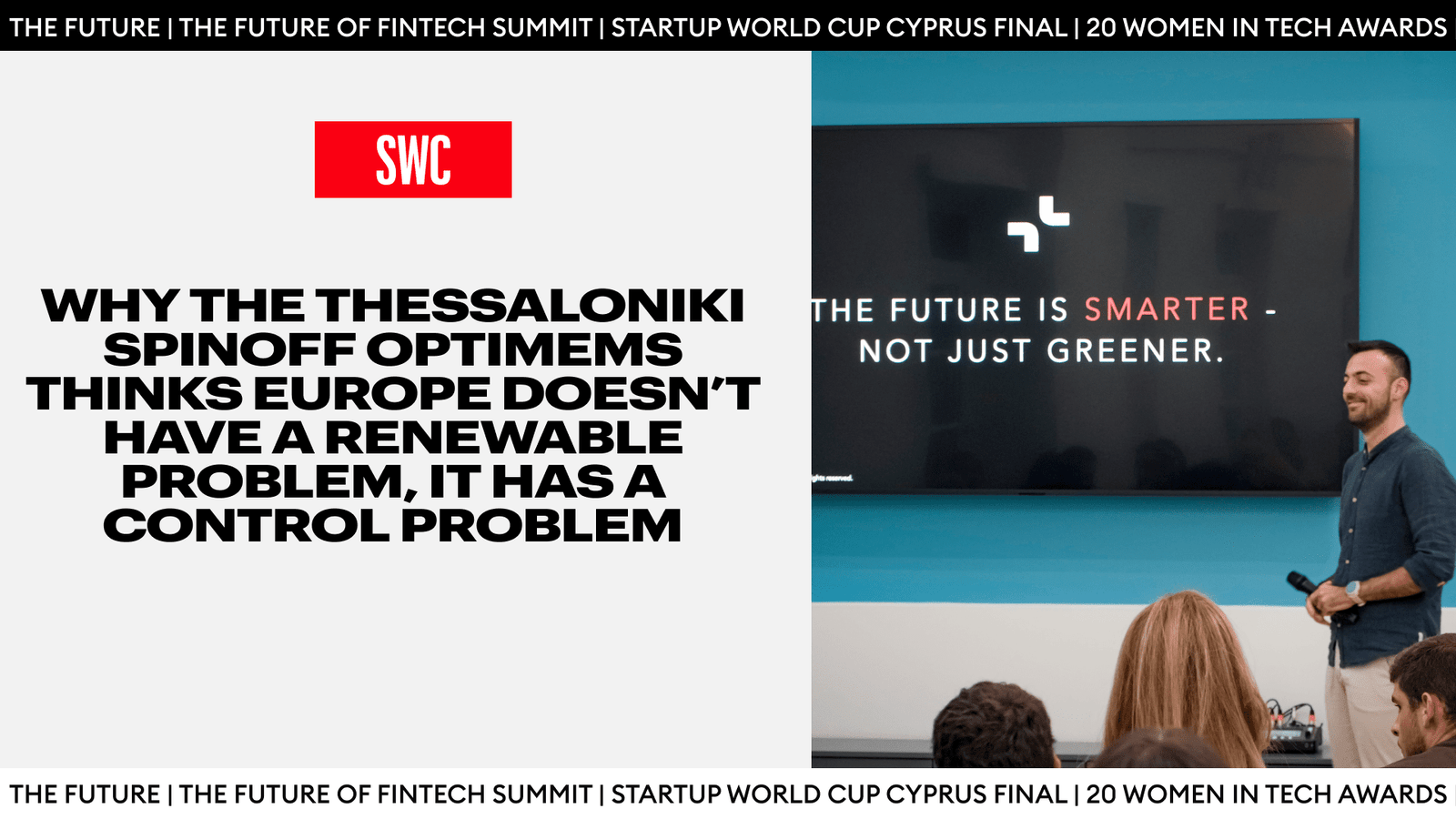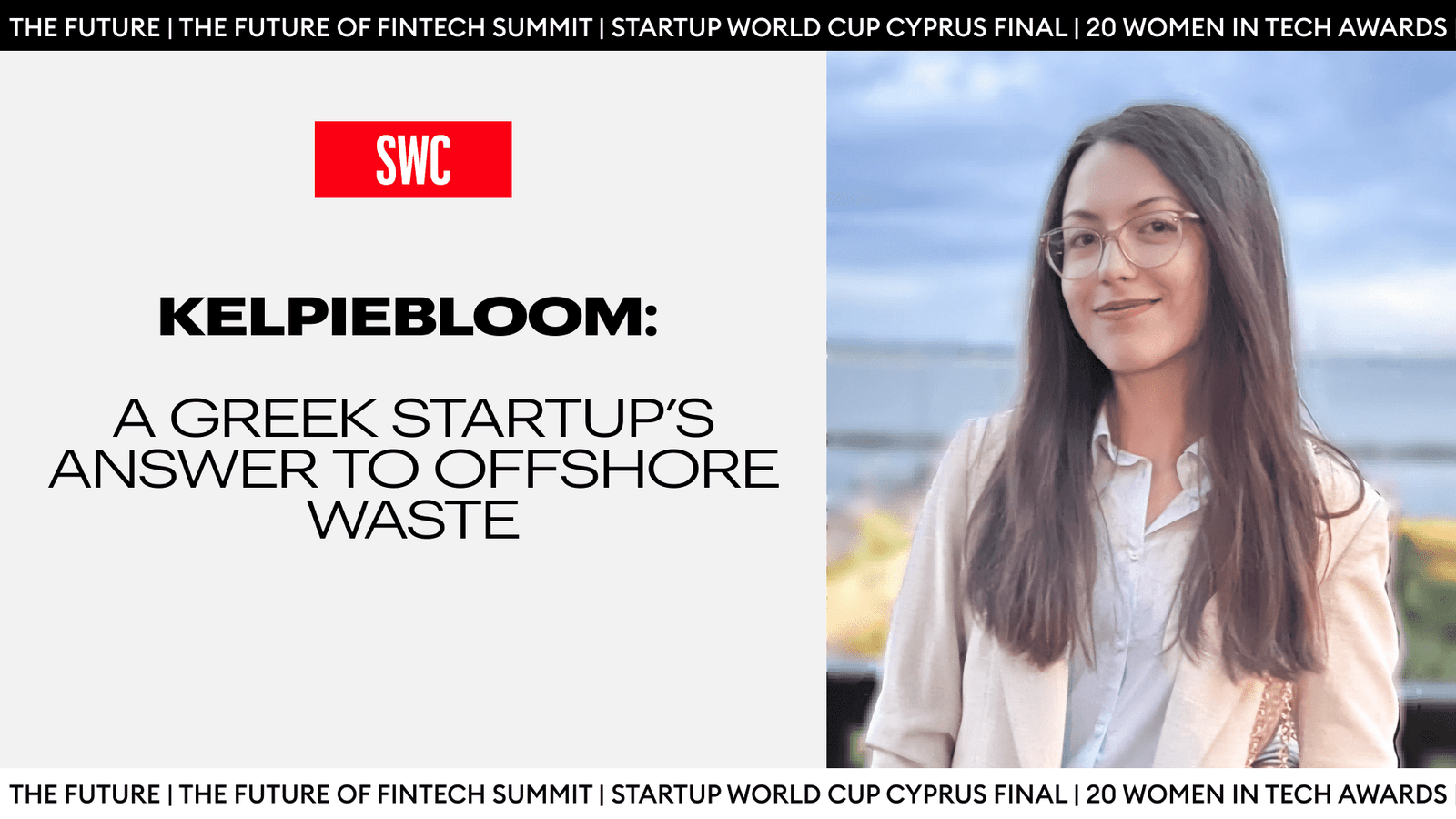On June 10, 2025, Elon Musk took the stage at Y Combinator’s AI Startup School in San Francisco. The event, aimed at early-stage AI founders and technical teams, featured some of the most high-profile voices in artificial intelligence, but Musk’s appearance stood out.
He opened with a blunt forecast: “There’s a thousand-foot tsunami of AI coming. And cleaning the beach won’t matter much if you don’t deal with the wave.”
Follow THE FUTURE on LinkedIn, Facebook, Instagram, X and Telegram
Over the next 45 minutes, Musk laid out a vision that cut between existential risk and practical engineering. He spoke about synthetic data, robots, and infrastructure, grounding abstract ideas in examples drawn from his own companies. His talk landed less like a keynote and more like a rapid-fire strategy brief, an attempt to show, not just tell, what building at this level looks like. For the developers and founders in the audience, it was a chance to hear how someone at the center of it all is actually moving the pieces.
Digital Superintelligence: This Year or Next
Musk didn’t hesitate when asked about the timeline for AI that surpasses human-level intelligence. “If it’s not this year, it’ll be next,” he said. He referred to this phase as the “intelligence big bang,” a moment when digital intelligence begins accelerating away from its creators.
Unlike past warnings where he leaned heavily on cautionary bordering on doomsday rhetoric, Musk now sounds more resolved than alarmed. He spoke about risk, but also inevitability.
The real challenge, he said, is keeping advanced AI systems grounded in what is considered truth.
In his view, the danger doesn’t lie in rogue superintelligence suddenly turning on humanity, but in people training these machines to repeat false things, whether politically convenient narratives, ideological dogma, or just flawed data. “A rigorous adherence to truth,” he said, “is the most important thing for AI safety.”
Back to First Principles
Much of Musk’s talk returned to the idea that building something new, especially at scale, means rejecting assumptions. His argument: if something looks impossible, it’s often because people are copying existing solutions instead of asking what the constraints actually are. Instead of accepting standard lead times or system designs, he urged founders to rebuild from the ground up, working from physical limits, hardware capacity, and energy throughput, not inherited institutional habits.
“Always go back to first principles,” he said. “Don’t reason by analogy.”
He described how xAI built a 200,000-GPU cluster in six months, despite being told it would take nearly two years. But the solution wasn’t glamorous: a repurposed Electrolux factory in Memphis, rented mobile cooling towers, rewired Tesla battery packs, and an around-the-clock work schedule. Musk slept on-site for weeks. “We had four shifts running,” he said. “I was just there all the time.”
This kind of problem-solving wasn’t presented as inspiration—it was instruction. Strip the problem down. Find the bottlenecks. Push through them. “Try to reason from the ground up,” he said. “Ask: What are the material constraints? What’s actually possible?”
What he was emphasizing wasn’t grind for grind’s sake. It was a systems-level approach to execution: understand every operational step, identify where delays happen, and remove what’s unnecessary.
And invest in a good blow-up mattress.
The Humanoid Majority
Musk didn’t dwell on abstract questions about machine consciousness. On robotics, he was matter-of-fact: humanoid designs make the most sense. “There will be more humanoid robots than humans,” he said, “by quite a lot.”
He described Tesla’s Optimus project as “very real,” explaining that bots are already performing tasks inside Tesla factories. He believes the industrial and domestic use cases are enormous: packaging, warehouse work, elder care, even companionship.
If that ratio sounds dystopian—think, ten robots for every person—Musk didn’t flinch.
He said he’s no longer holding back. “Pedal to the metal,” he told the audience.
He sees robots as not just labor tools, but a key part of the broader intelligence explosion.
He sees robots not just as labor tools, but as one of the clearest ways AI will integrate into the physical world.
Bandwidth to the Brain
Musk has been talking about brain–computer interfaces for nearly a decade, but his comments at YC were more to the point. “The limiting factor is the bandwidth between your brain and your digital self,” he said.
Neuralink is not as science fiction as some are making it out to be. Rather, he said, it is a logical extension of where we already are, especially in a world where AI is accelerating faster than human input. “You already have a digital tertiary self in the form of your computer or phone,” he said. The problem, as he sees it, is asymmetry: your phone can access near-infinite computation, but your thumbs are slow and clunky.
His long-term goal is to close that gap. “We’re already cyborgs,” he said. “We just have a very low-bandwidth input/output system.” Even a modest increase in neural input/output speed would give humans a stronger foothold in the loop.
Musk’s Advice to Founders
Here’s Musk’s advice for early-stage AI teams:
- Build something useful.
That should be the standard. Remove the hype and novelty and focus on what actually makes “someone’s life better.” - Don’t reason by analogy.
Avoid copying what others have done. Start from first principles and rethink what’s actually possible given current constraints. - Plan for scale from day one.
Assume success and engineer backwards. Think about compute needs, power draw, and physical limits. Most teams underestimate how fast bottlenecks hit. - Ignore the noise.
Stay close to the product. The thing you’re building should speak for itself. Musk didn’t mention pitches, narratives, or vision decks. Just execution.








